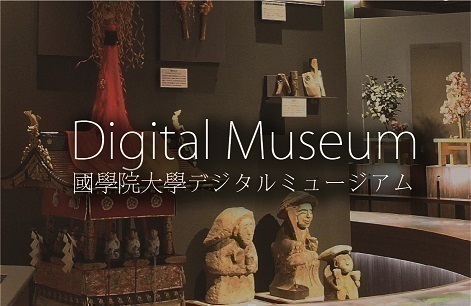Encyclopedia of Shinto
| Main Menu: | |
| Links: |
詳細表示 (Complete Article)
| カテゴリー1: | 8. Schools, Groups, and Personalities |
|---|---|
| カテゴリー2: | Personalities |
| Title | Jiun |
| Text | (1718-184) Buddhist priest of the Shingon sect in the mid-Edo period, and founder of Unden Shintō. His formal name was Onkō and his style was Jiun. Born in Osaka as the son of Kōzuki Yasunori (author of Ōbaraekai [Elucidation of the Great Purification Ritual]), Jiun took the tonsure at the age of thirteen, and later became a disciple of Itō Tōgai (1670-1736). At the age of twenty-two, Jiun received instruction from his teacher-mentor Jōki regarding Ryōbu Shintō (a system of thought that syncretized Shinto with Shingon Buddhism). He attained some notoriety for his extensive effort to revive Buddhist precepts (the shōbōritsu, or Precepts of the True Dharma), but in his twilight years after retiring to the temple Kōkiji on Mount Katsuragi in Kawachi Province (in present-day Nara Prefecture), he developed a modernized form of Shinto thought, reforming Ryōbu Shintō in such a way that it accommodated all three teachings of Shinto, Confucianism and Buddhism. Records of his sermons, in which he sought to express the essential fundamentals of his path, later became the basis of what would come to be known as Unden (or Katsuragi) Shinto. He died on the twenty-second day of the twelfth month of 1804 at the age of eighty-seven. His works on Shinto include Shinju gūdan (Shinto-Confucian Dialog), Nihongi jindai origamiki (Recording on Origami in the Divine Age Chapters of the Nihongi), and Hito no kono yo (This World of Humans), among others. Transcriptions of Jiun's lectures recorded by his disciples are found in documents such as Kaie shintō and Jindai no maki kikigaki (Transcription of Discourse on the Divine Age Chapters of the Nihongi). Jiun also composed popular works for Buddhist edification such as Jūzen hōgo (Words of the Ten Good Precepts) and Hito to naru michi (The Path of Humanity). - Satō Masato |




